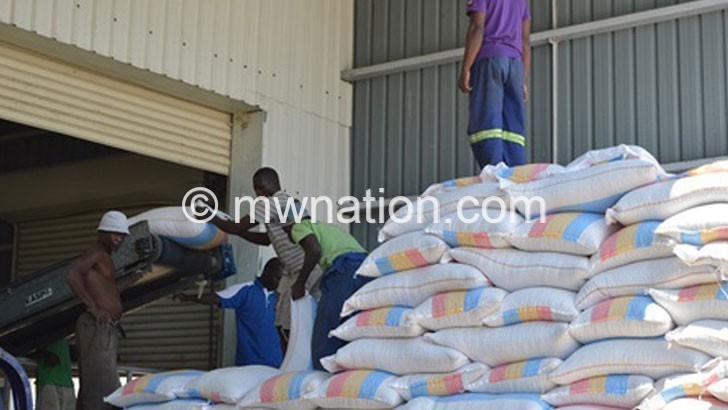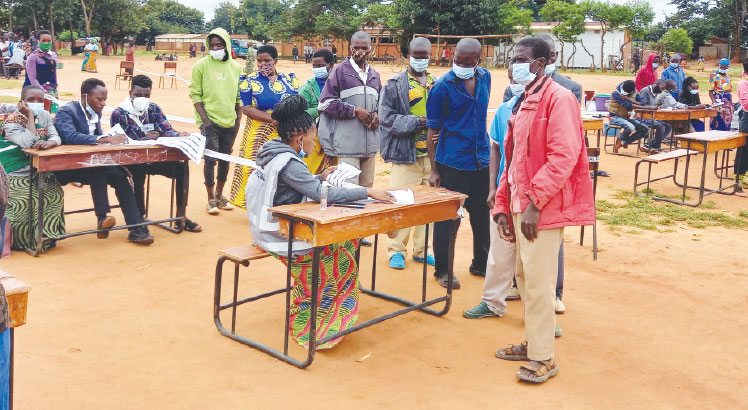Government needs more relief maize
Chief relief and rehabilitation officer in the Department of Disaster Management Affairs (Dodma) Fyabupi Mwafongo says government needs about 23 190 metric tonnes (MT) of maize for relief to hunger stricken families.
He was speaking yesterday in an interview on the sidelines of 2019/20 Lean Season Food Insecurity Response Programme (LS-Firp) coordination meeting with district commissioners, agriculture officers and other stakeholders from the North and Centre to discuss how they will implement the 2019/20 lean season programme.

The number of people who are food-insecure has risen within eight months from 1 062 674 in May last year to 1 879 391 this year, according to the new estimates by the Malawi Vulnerability Assessment Committee Report (Mvac).
Said Mwafongo: “With the increased number, we need more maize. In the last estimates, we projected 33 810 metric tonnes but the figure has now risen to over 57 000 metric tonnes. The monetary side will also increase.”
During the launch of the 2019/20 Lean Season Food Insecurity Response Plan and the National Disaster Recovery Framework in Machinga on October 20, Vice-President Everton Chimulirenji said government needed about K38 billion to buy food and other items.
The May 2019 Mvac report projected that 1 062 674 people were at risk of food insecurity in 27 districts except Likoma during the 2019/20 lean season.
Following the projection, Dodma facilitated the development of the 2019/20 LS-Firp to mobilise resources, coordinate and guide the implementation of humanitarian assistance towards the affected people.
The total financial requirements for the implementation of the programme was $51.8 million (about K38.8 billion) but as of November 25 2019, $10.7 million (about K7.86 billion) had been sourced, leaving a financial resource gap of $42.7 million (about K30.2 billion).
The programme will be implemented up to March 2020 as recommended by the Mvac annual assessment report.
Meanwhile, Karonga district commissioner Paul Kalilombe has said there is need for government and districts to devise ways of dealing with food insecurity than relying on relief.
He said: “More focus should be on resilience to enable programmes that will make people produce on their own. There is need for people to adapt to climate change.”
Kalilombe, therefore, said the meeting had come at a right time as the country has shortfalls in food supply; it is important that we share what resources are available and address food gaps in the district.
Mwafongo said that high staple prices, food inflation and fuel prices are reducing purchasing power of vulnerable households throughout the country at the same time low tobacco prices have significantly reduced income for households in the Central Region which resulted in over-selling of maize.
According to the December Mvac report, Balaka, Neno and Nsanje have a higher population with food insecure people as each population has 25 percent of their populations being food-insecure.
In the 2018/19 growing season, the national maize production is estimated at 3.4 million MT, a 26 percent jump from 2.7 million MT in the 2017/18 growing season.





